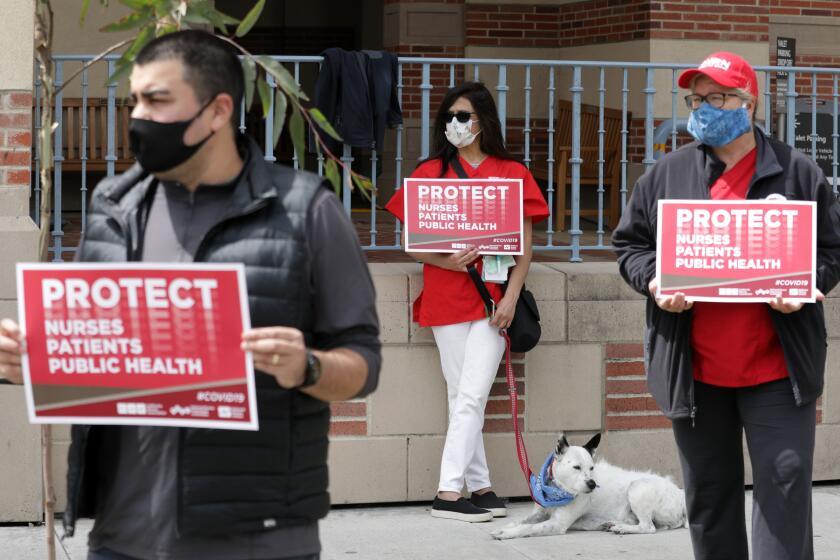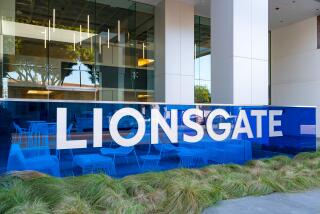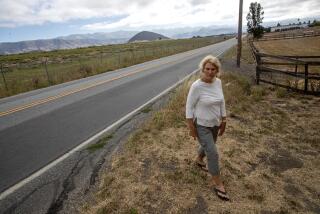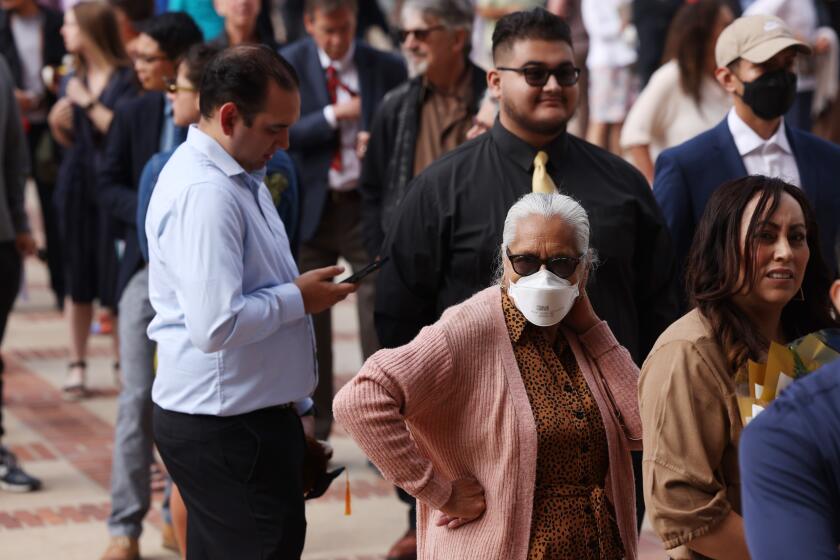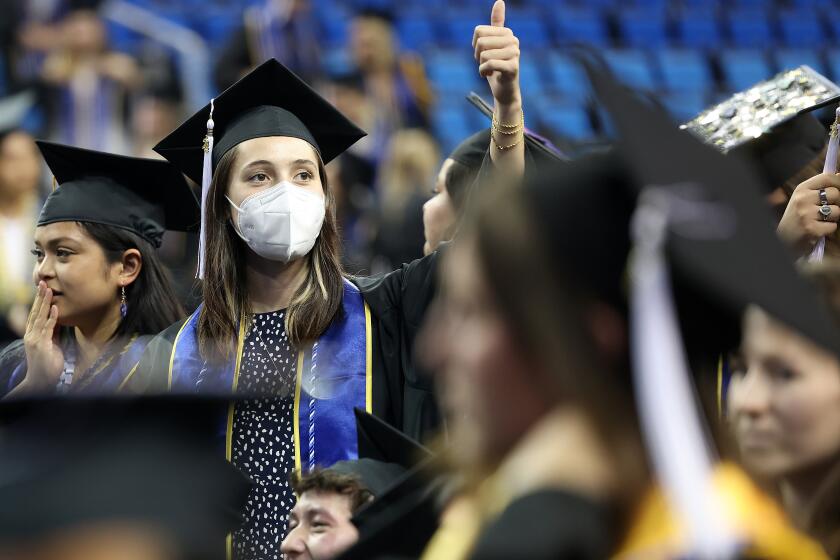Machine that could decontaminate 20,000 masks daily has arrived in Burbank, company says
A machine that could decontaminate tens of thousands of N95 masks each day has arrived in California — potentially alleviating some of the shortages of personal protective equipment for medical workers.
Battelle, an Ohio-based scientific research and development company, confirmed Monday morning that its cleaning unit has arrived at the Burbank airport, where it will remain.
It could decontaminate up to 20,000 N95 masks a day, said Battelle spokeswoman Katy Delaney in an email.
“The team is setting it up now and expects it to become operational in about a week,” said Delaney.
Delaney said Battelle is working with hospitals to set up protocols for receiving and returning the masks, but was not immediately able to say which hospitals would have access to the service.
Officials with the California Department of Emergency Services declined to give details about the machine Friday.
Gov. Gavin Newsom first announced the decontamination system in March, but details have been scant since. On April 13, the Pentagon announced a $415-million contract with Battelle for 60 of the machines, indicating the Federal Emergency Management Agency and the Department of Health and Human Services would decide where the machines are located, with Battelle staff running them.
Healthcare workers say there still aren’t enough masks as they treat coronavirus patients.
Delaney said the machines are up in running on Long Island, New York City, Tacoma, Wash., and Chicago. Others are being set up in Connecticut, Baltimore and Washington, D.C.
The decontamination process uses hydrogen peroxide gas to kill viruses and bacteria, a method that has received emergency authorization by the federal government but which has not been tested in large-scale capacity. Hydrogen peroxide decontamination has been successfully used by other facilities, including Duke University.
Under the federal guidelines, the masks can be decontaminated up to 20 times each, and will be labeled with bar codes so they can returned to their original user.
Earlier tests have shown that the elastic straps on the masks may deteriorate after multiple cleanings, though. Some facilities are decontaminating fewer times as a precautionary measure.

The unknowns about the process have sparked anxiety among some medical professionals.
“I understand the process, but would I feel safe putting on a mask that someone else had worn for four days? Probably not,” said Sydnie Boylan, a Los Angeles nurse.
But faced with ongoing shortages of protective gear, experts said the cleaned masks are a better alternative that the methods some medical professionals are trying on their own — such as heating them or spraying them with Lysol.
One group of volunteer clinicians and scientists spent weeks examining decontamination methods before determining that hydrogen peroxide gas was likely the best available alternative.
“We should not be decontaminating masks. We should only be using new masks but this is an emergency situation,” said David Rempel, a member of the volunteer group N95decon.org and a retired research physician at UCSF. “We have nurses and doctors who are taking them home in the evening and putting them in ovens.”
Jill Crittenden, an MIT researcher who is also part of the volunteer group, agreed that “there are risks to everything.”
Crittenden said that while testing done on the system showed it to be effective, she has concerns about the intensity of how masks are being used and reused in the current crisis, and how that will factor into the decontamination. She points out that medical staff are wearing masks for hours, and in some cases days.
“So it was filled with eight hours of respiration and all that,” Crittenden said. “The doctors get bloody ... the masks are getting wet.”
More to Read
Start your day right
Sign up for Essential California for news, features and recommendations from the L.A. Times and beyond in your inbox six days a week.
You may occasionally receive promotional content from the Los Angeles Times.
